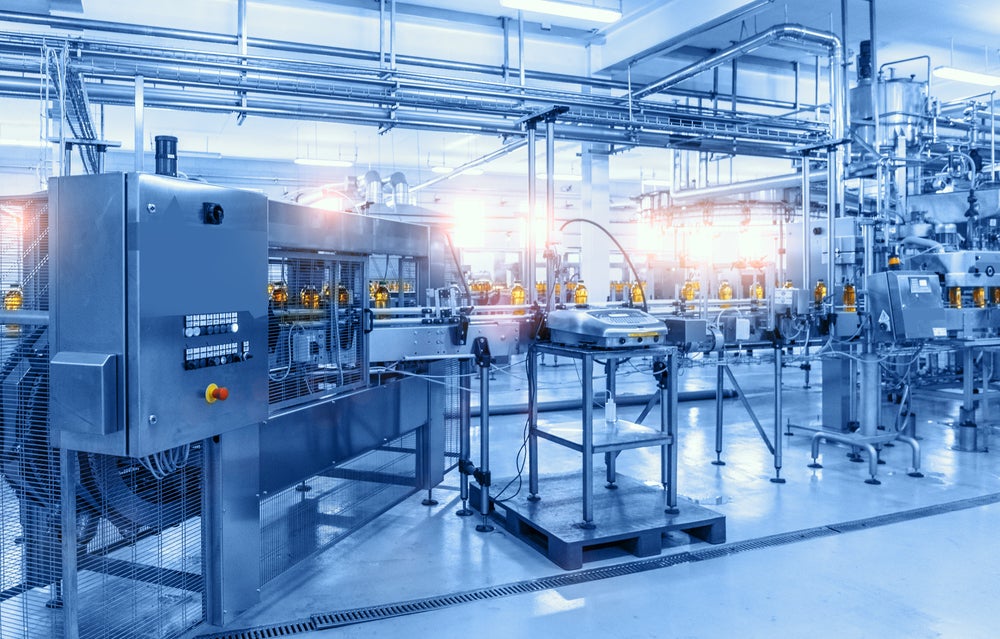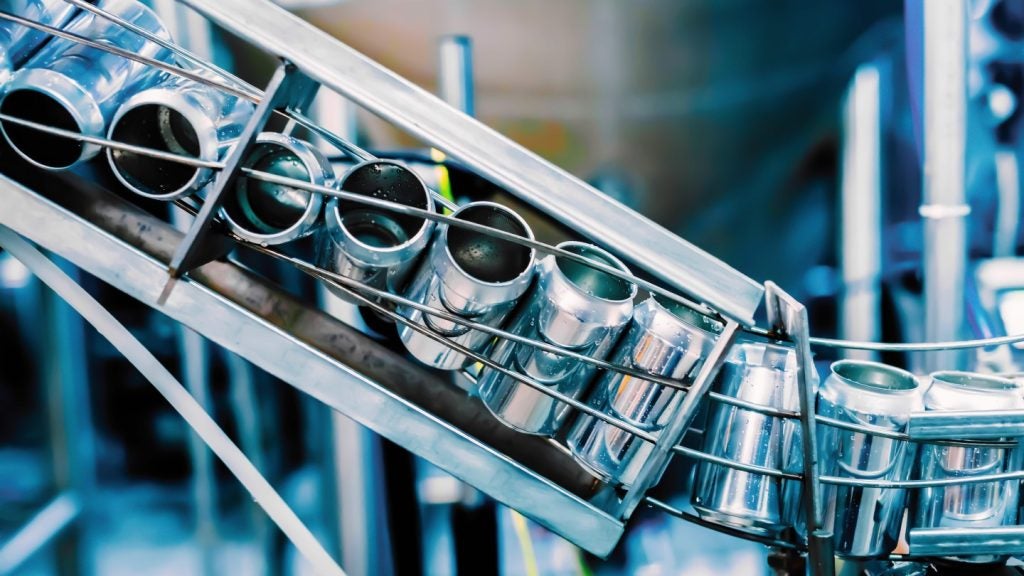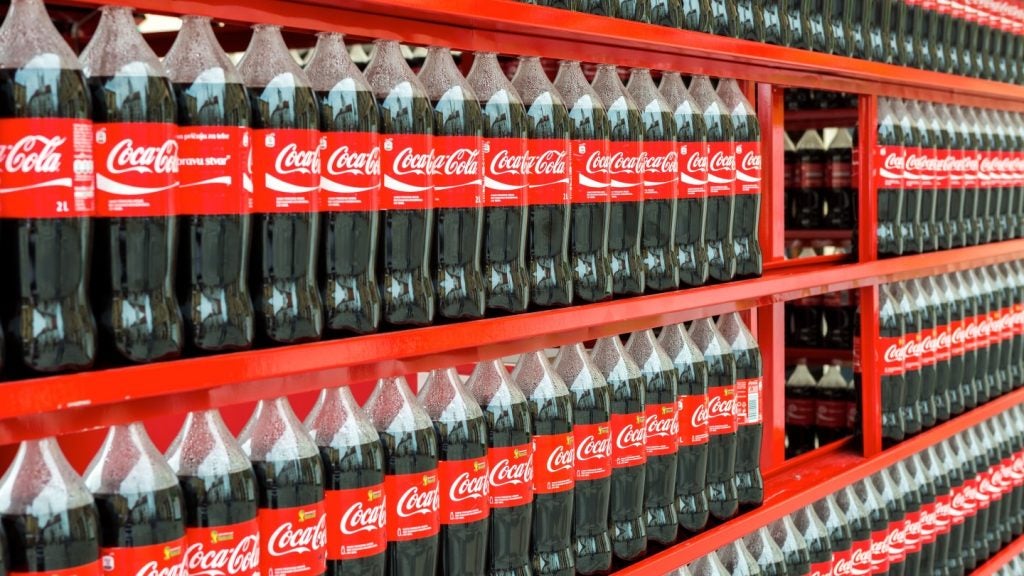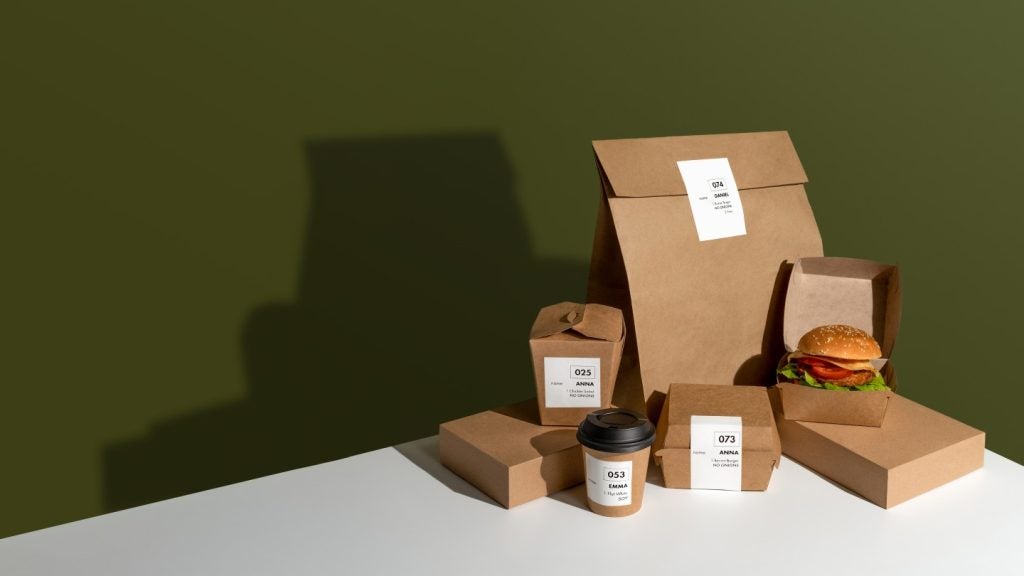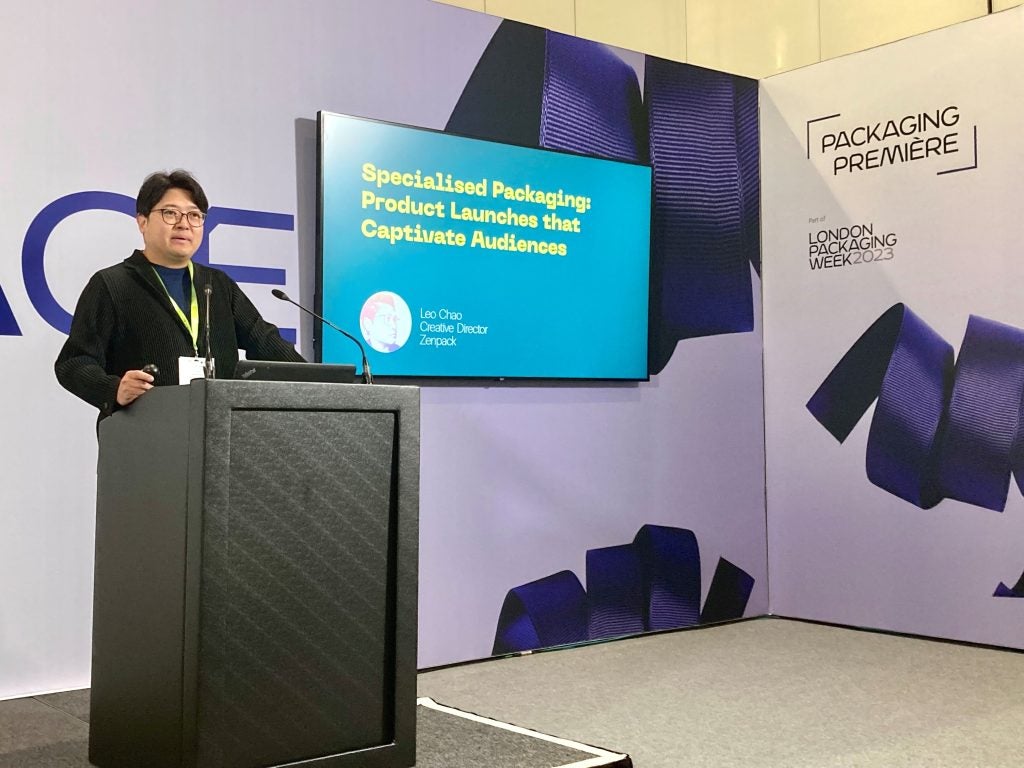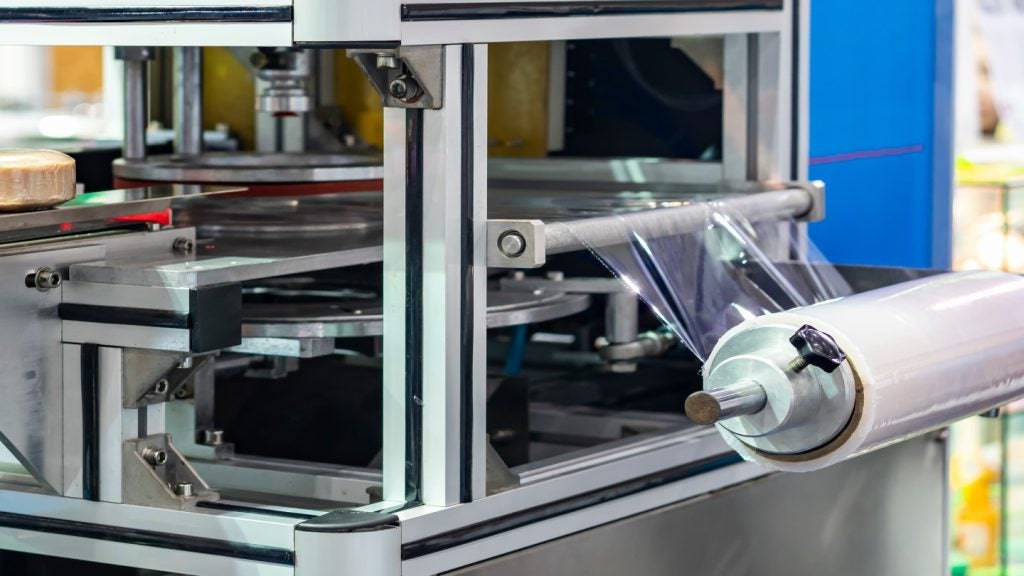Industrial packaging plays a vital role in various industry supply chains. It encompasses the packaging used to transport goods in quantities like drums, pallets and containers. While its main purpose is to safeguard products during shipping and storage it also contributes significantly to logistics, branding and sustainability.
The global industrial packaging market is poised for growth in the upcoming years due to several factors. These include a rising demand for packaged goods, increasing trade activities and a growing focus on environmental concerns.
According to projections the global packaging market is anticipated to reach USD 151.37bn by 2035 through a CAGR of 7.3%, from 2023 onwards. This presents an opportunity for investors and businesses aiming to tap into this profitable market segment.
Types of industrial packaging
Industrial packaging encompasses a range of options each, with its distinctive qualities and advantages. When it comes to packaging there are various types of containers and materials to choose from. Here are a few examples worth considering.
Heat Shrink Wrap
Heat shrink wrap is a type of plastic film that contracts in size when exposed to heat. It is commonly utilised in packaging to provide a secure and snug seal around items safeguarding them from any potential harm during transportation and storage. PVC shrink wrap tubing can reduce its size by up to 40%.
The heat shrinking process involves enveloping the product with the film and then applying heat using either a heat gun or an oven. As the film becomes heated it tightly conforms to the products shape creating a barrier against moisture, dust and other impurities. One of the advantages of heat shrink wrap lies in its versatility as it can be utilised for packaging various products such, as food items, electronics and machinery.
Stretch Wrap
Stretch wrap, also referred to as stretch film is a flexible plastic film that finds common application in wrapping and securing items for transportation or storage. Unlike heat shrink wrap, which requires heat to contract and conform to the shape of an item, stretch wrap can be easily wrapped around by hand or with the assistance of a machine.
Stretch wrap finds use across various industries including food and beverage, pharmaceuticals and logistics. In the realm of food and beverage it serves as a layer for perishable goods like fruits, vegetables and meat. In the pharmaceutical industry stretch wrap safeguards medical equipment and supplies. Additionally, in logistics operations it plays a role, in securely fastening pallets of goods during transit to prevent any potential damage or loss.
Strapping
Strapping, also referred to as banding or bundling is a technique used to bind products together during storage or transportation. It entails wrapping a material like plastic or steel around the items and tightly fastening it with buckles or seals.
One of the advantages of strapping is its ability to provide exceptional strength and security making it perfect for heavy or bulky objects. For example, strapping can be employed to secure pallets containing bricks, lumber or machinery. Furthermore, it can be utilised to reinforce packaging materials such as cardboard boxes or plastic bags in order to prevent them from breaking or tearing while, in transit.
Boxing and Crating
Boxing and crating are two common methods of packaging products for shipping and storage. Although they may appear similar there are differences between the two approaches. Boxing entails placing a product inside a cardboard box and securing it with tape or adhesive. This technique is often used for lighter items like electronics or clothing.
Crating involves constructing a wooden frame around the product and fastening it with nails or screws. This method is typically employed for heavier items such, as machinery or furniture.
Drums and Bulk Bins
Drums and bulk bins are commonly utilised in industrial packaging to transport and store a wide range of products. Drums are cylindrical containers, typically made of steel, plastic or fiber take on a shape and are commonly employed for the transportation of liquids or powders. Bulk bins serve as large containers specifically designed to transport and store dry goods like grains, seeds or pet food. Both drums and bulk bins play a role in safeguarding the contents during transit and storage to ensure that the products reach their destination intact and, without any damage.
In industrial packaging drums and bulk bins find applications in the transportation of chemicals. The primary concern during chemical transportation is to prevent any leakage or spillage. Drums serve as a choice for chemical transport due to their durability and ability to withstand the challenges of transportation. Conversely bulk bins are specifically designed for transporting chemicals like fertilizers or pesticides allowing for convenient storage, in large quantities and dispensing as required.
Materials used in industrial packaging
Industrial packaging can be crafted using a range of materials each possessing its distinct characteristics and advantages. Plastic is a choice due to its durability and versatility. It can be molded into shapes and sizes making it suitable for products of different forms and dimensions.
Metal packaging is renowned for its robustness and ability to withstand extreme temperatures. This makes it an excellent option for transporting goods over distances or storing them in challenging environments. Paper packaging is also commonly utilised, in the food industry. It is lightweight, environmentally friendly and easily recyclable.
While every type of material has its advantages it's important to also consider the potential drawbacks. For instance, plastic packaging is not biodegradable and can contribute to environmental pollution. It’s been estimated that a staggering 8.3bn tonnes of plastic have been produced far resulting in around 6.3bn tonnes of plastic waste that either ends up in landfills or finds its way into the natural environment.
On the one hand metal packaging can be quite heavy and costly to produce while paper packaging may not be as resilient as some alternative options. However, despite these downsides each material serves a purpose in the packaging market and finds extensive use, across various industries.
Market trends and opportunities
In the industrial packaging market there is a noticeable trend towards embracing sustainable and eco-friendly solutions. A significant number of companies have already begun adopting environmentally friendly practices by utilising recycled materials and products with lower emissions.
This shift can be attributed to the growing awareness and concerns surrounding the environmental effects associated with conventional packaging materials like plastic and metal. Consequently, there is now an increased demand, for packaging alternatives that're biodegradable and compostable.
Besides sustainability, technological advancements have also had an impact on the industrial packaging sector. For instance, the adoption of automation in packaging operations has enhanced efficiency while reducing expenses.
Moreover, the integration of technology like sensors and RFID tags has greatly improved supply chain management and product tracking. Manufacturers and distributors who incorporate RFID technology into their supply chains witness an 80% enhancement, in shipping and picking accuracy.
Sustainability in industrial packaging
Industrial packaging plays a crucial role in safeguarding products during transit and storage but it also affects the environment. With consumers growing more conscious of the consequences of their purchases it's crucial for companies to take measures to minimise their carbon footprint.
One approach to achieve this is by embracing friendly practices, in industrial packaging. Companies can opt for materials minimise packaging waste and design packaging that is easily recyclable. This not only helps to reduce their environmental impact but also appeals to consumers who prioritise sustainable products.
Challenges in industrial packaging
One of the hurdles in industrial packaging is the issue of cost. As businesses aim to reduce expenses and enhance efficiency they frequently search for methods to decrease their packaging expenditures. However, this approach can potentially jeopardise the protection of products. Raise the likelihood of damage, during transportation and storage.
Designing packaging that fulfills both aesthetic needs poses another challenge. On one hand the package must be durable and offer protection. On the other hand, it should also be visually attractive and represent the brand effectively. Achieving this balance can prove to be a time consuming task.
Regulations also pose a challenge in the field of industrial packaging. Each country has its set of regulations pertaining to packaging materials labeling obligations and environmental impact. Companies must navigate these regulations to ensure compliance while also striving to achieve their business objectives.
Future of industrial packaging
It is evident that technology will continue to have a significant impact on shaping the future of industrial packaging. We can anticipate advancements such as packaging that can monitor product conditions during transportation and the utilisation of 3D printing for personalised packaging solutions. The possibilities are truly limitless.
Another aspect we can expect to witness in the coming years is a focus on sustainability. With consumers prioritising environmental consciousness companies will need to adapt their packaging practices accordingly. This may involve incorporating materials or implementing recycling programs aimed at reducing waste.
About the author: Deepak Prasad is a digital marketing executive at Research Nester.


